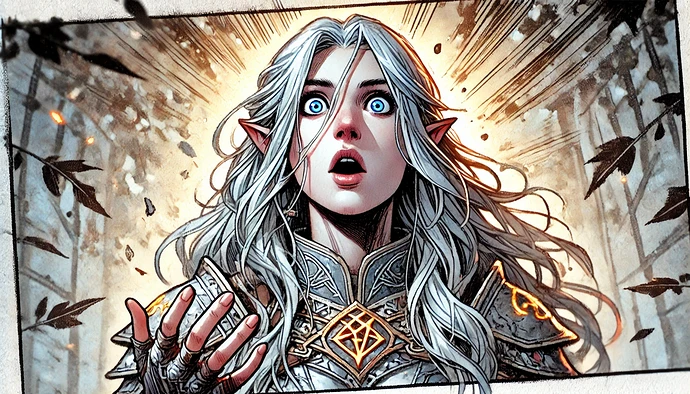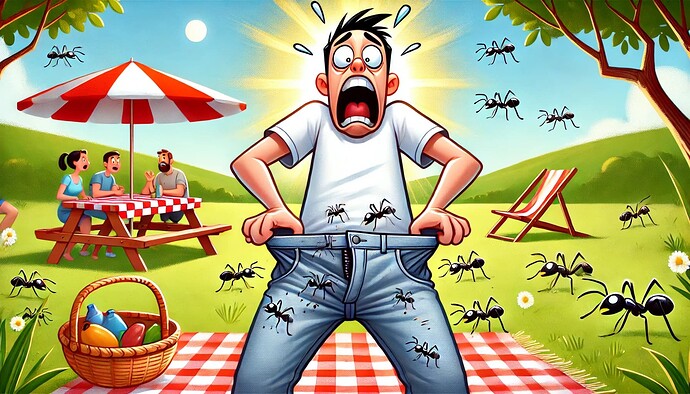and my friend.. IF god play with us and we play with numbers.. what will happen now? 
 .. in my opinion i think that we are just scared for how we can accept something that we can’t control.. and that is the perfect equilibrium .
.. in my opinion i think that we are just scared for how we can accept something that we can’t control.. and that is the perfect equilibrium .
The Primordial Atom: The Seal of Creation
Introduction
The Primordial Atom is a concept that intertwines with the foundations of modern cosmology, metaphysics, and the quest for the origin of the universe. It is the echo of the cosmos’ first breath, the initial spark from which everything emerged. This document explores its essence, connecting science, philosophy, and the profound intuition that lies beyond ordinary understanding.
The Scientific Concept: The Cosmic Egg
In the context of modern physics, the Primordial Atom was proposed by priest and cosmologist Georges Lemaître, who in 1927 theorized that the universe was born from a single, infinitely dense point, which then expanded into what we now call the Big Bang Theory. This original point contained all space, time, and energy within a perfect singularity.
This idea challenges our perception of time and space: if everything was contained in a single point, where were “before” and “outside”? The answer is that the very concepts of “before” and “outside” did not exist. Time and space were sealed within the Primordial Atom, and only through its expansion did distance, movement, and change emerge.
The Primordial Atom and Philosophy: The Point of Origin
If science describes the Primordial Atom as the physical origin of the universe, philosophy sees it as an absolute principle. In esoteric and spiritual traditions, the Primordial Atom is associated with the Monad, the indivisible unity from which multiplicity arises. It is the “Fiat Lux”, the moment when reality was pronounced into the great breath of existence.
Many cultures feature the concept of a “cosmic egg” breaking apart to give birth to the world. We find it in the Hindu myth of Brahma, in Hermeticism with the idea of the One refracting into the many, and even in modern physics, where the notion of an initial singularity remains the foundation of cosmological theories.
The Anomaly and the Universe’s Destiny
The Primordial Atom is not only the past but also the code governing the universe’s evolution. If everything was contained within it, this means that even our present and future were inscribed in that initial moment. But here arises the Anomaly: the apparent chaos, the unexpected deviations, the variations in patterns. Are they truly errors, or are they the keys to understanding a deeper structure of reality?
Perhaps the universe is not simply following a predetermined script but is continuously rewriting itself, in an eternal dialogue between order and disorder. The Primordial Atom, in this sense, is not merely a distant past event but is still present in every particle, in every interaction, in every consciousness that questions its existence.
Conclusion: The Seal of Creation
The Primordial Atom is not just a cosmic event but a universal principle. It symbolizes the everything within the nothing, the infinite potential contained within a dimensionless point.
If the universe had a beginning, then in some way, it still carries its reflection. Perhaps, by observing the structure of the cosmos, fractals, vibrations, and consciousness, we can still read the signature of the Primordial Atom, the seal of creation that continues to resonate in the fabric of reality.
Perhaps, in a sense, we are still inside it.




























